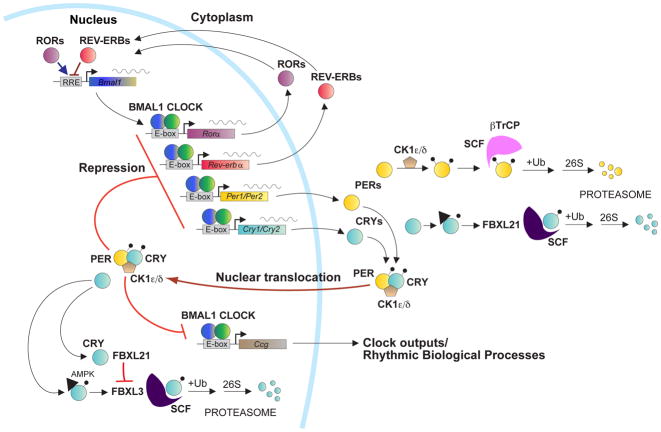Figure 1. Model of the circadian clock in mammals.
CLOCK and BMAL1 act as master transcription factors to regulate: 1) the Per and Cry genes in the core feedback loop of the clock; 2) the REV-ERB/ROR feedback loop regulating Bmal1 transcription; as well as 3) thousands of target genes that are clock outputs. The stability of the PER and CRY proteins are tightly regulated by E3 ubiquitin ligases in both the cytoplasm and nucleus that determine circadian period. Adapted from Mohawk et al. 2012 and Yoo et al. 2013.

